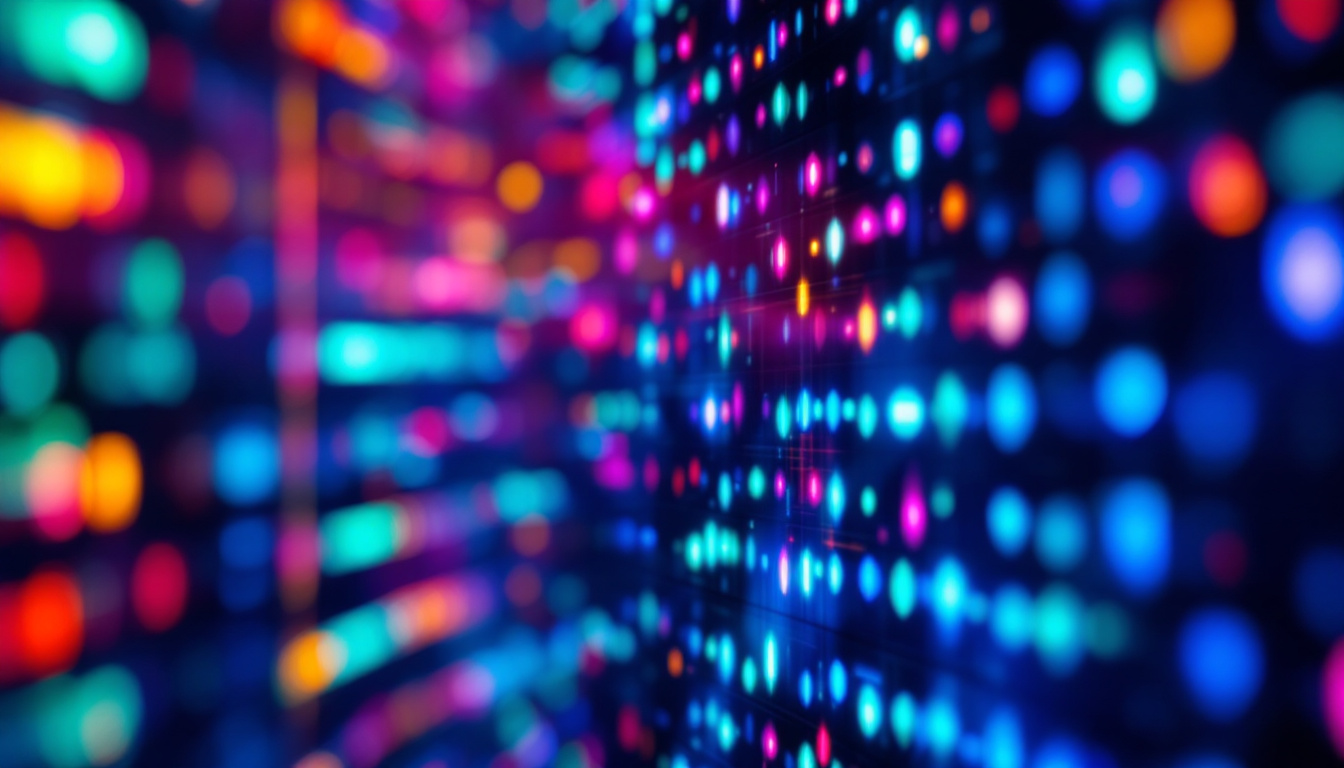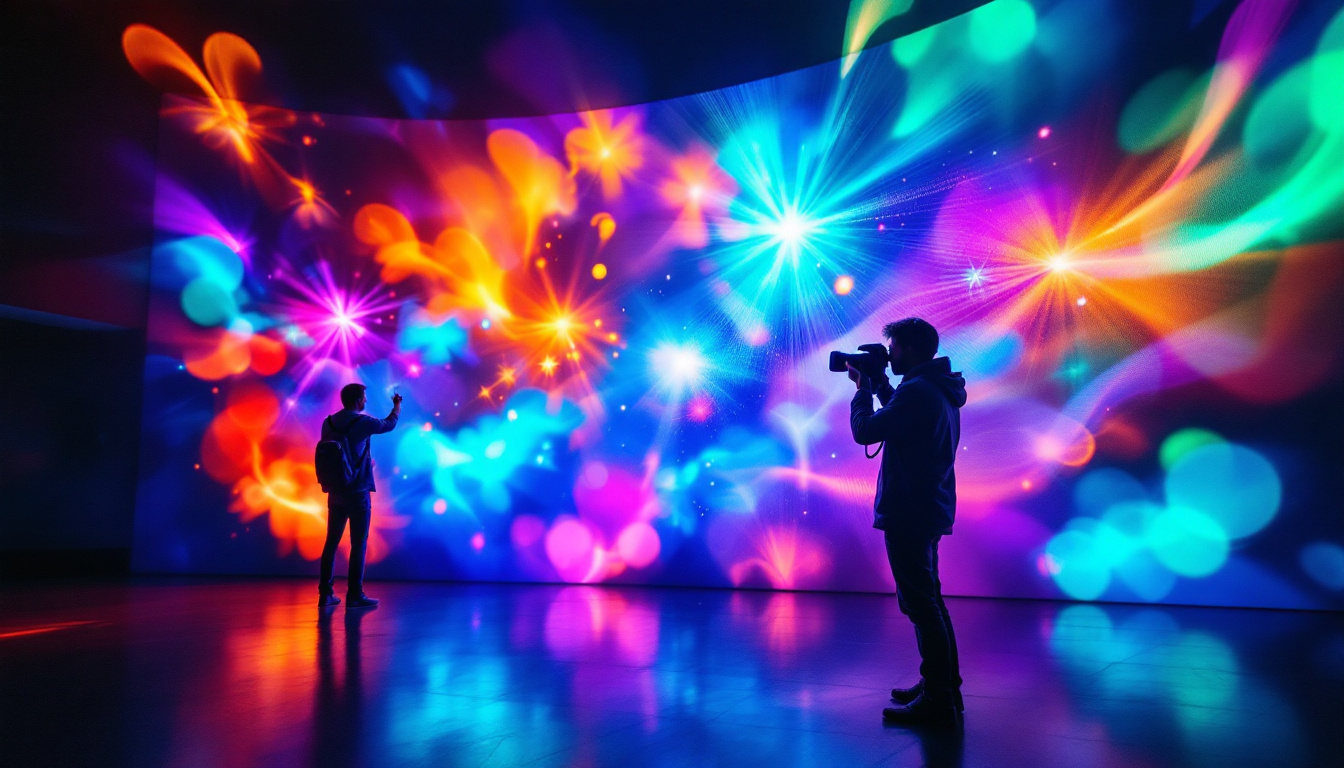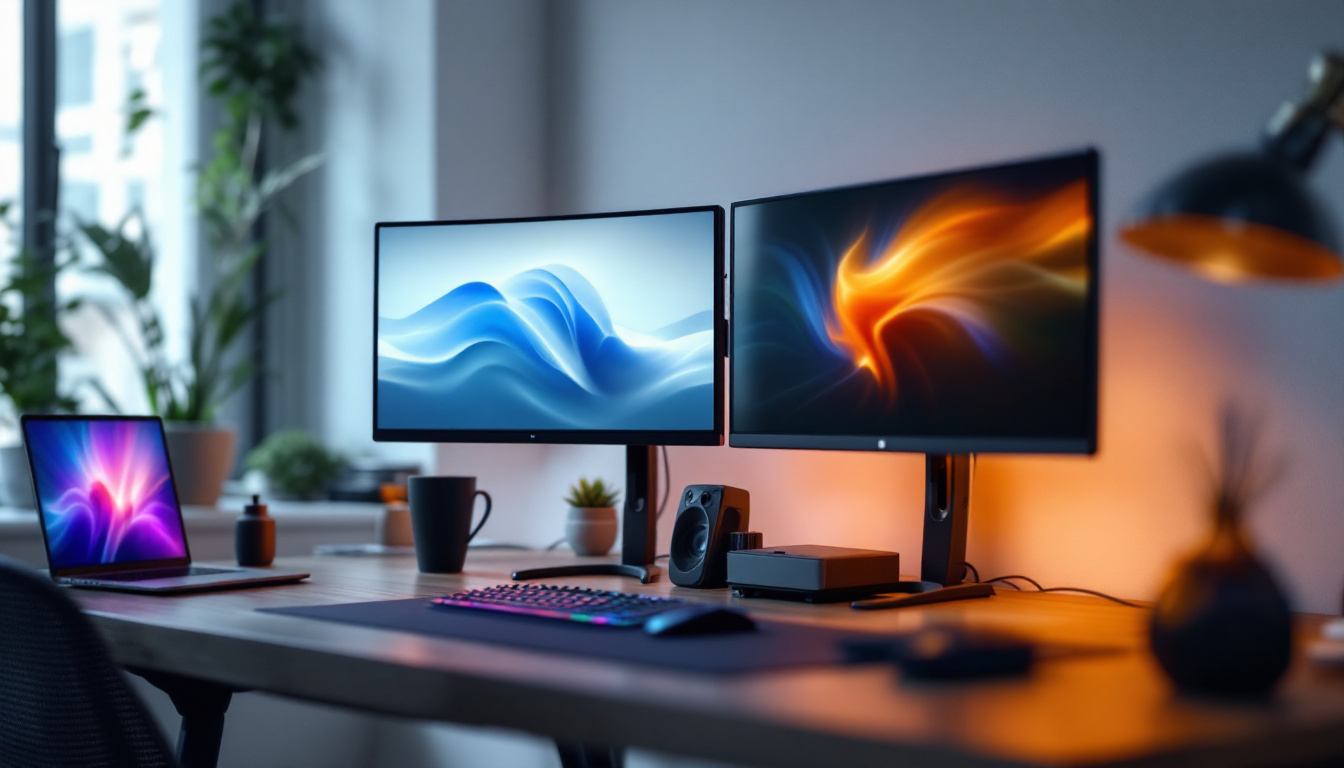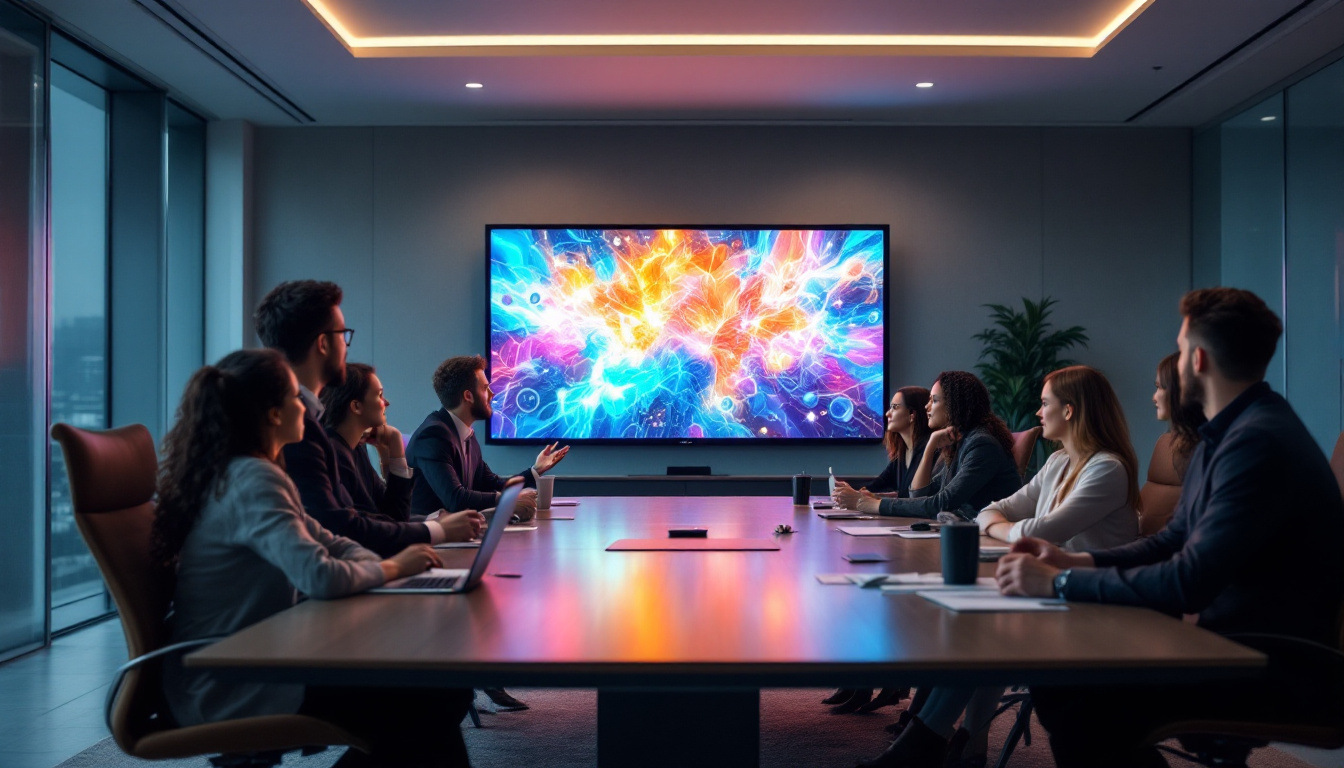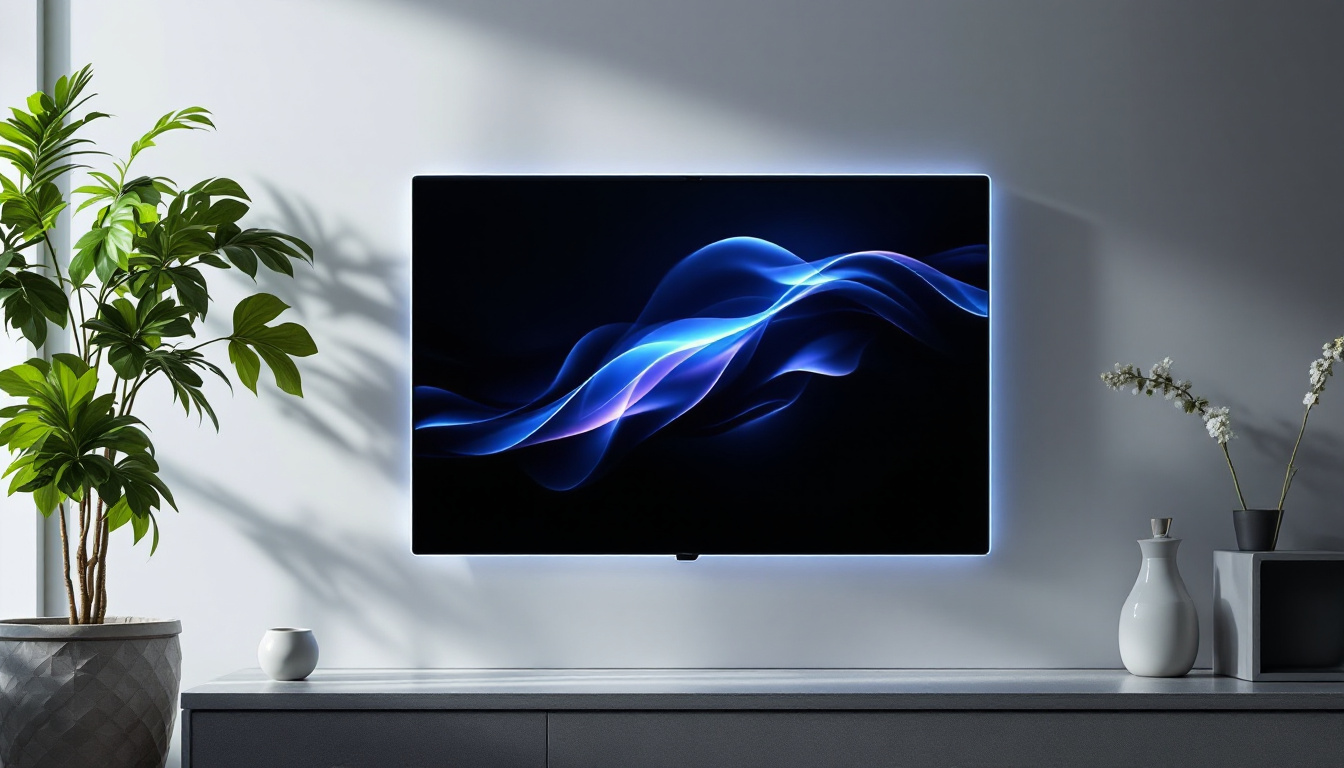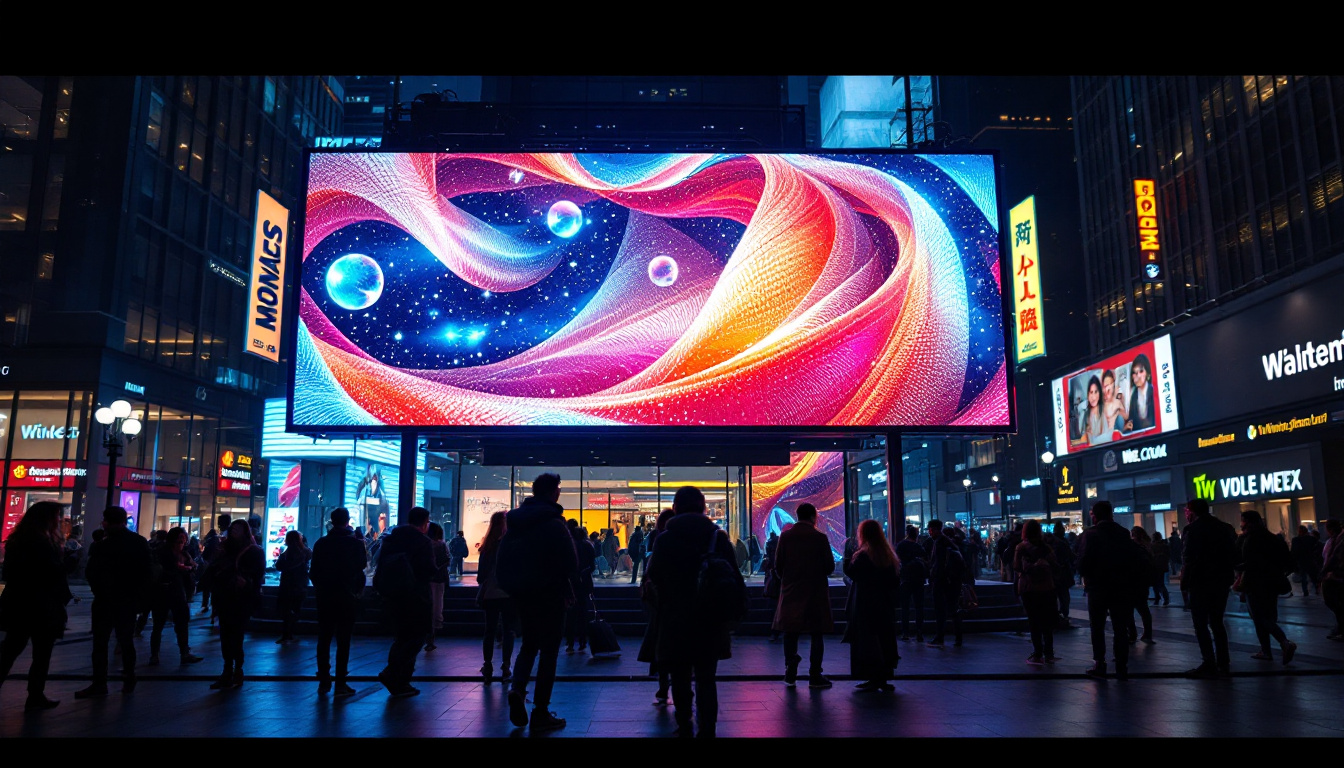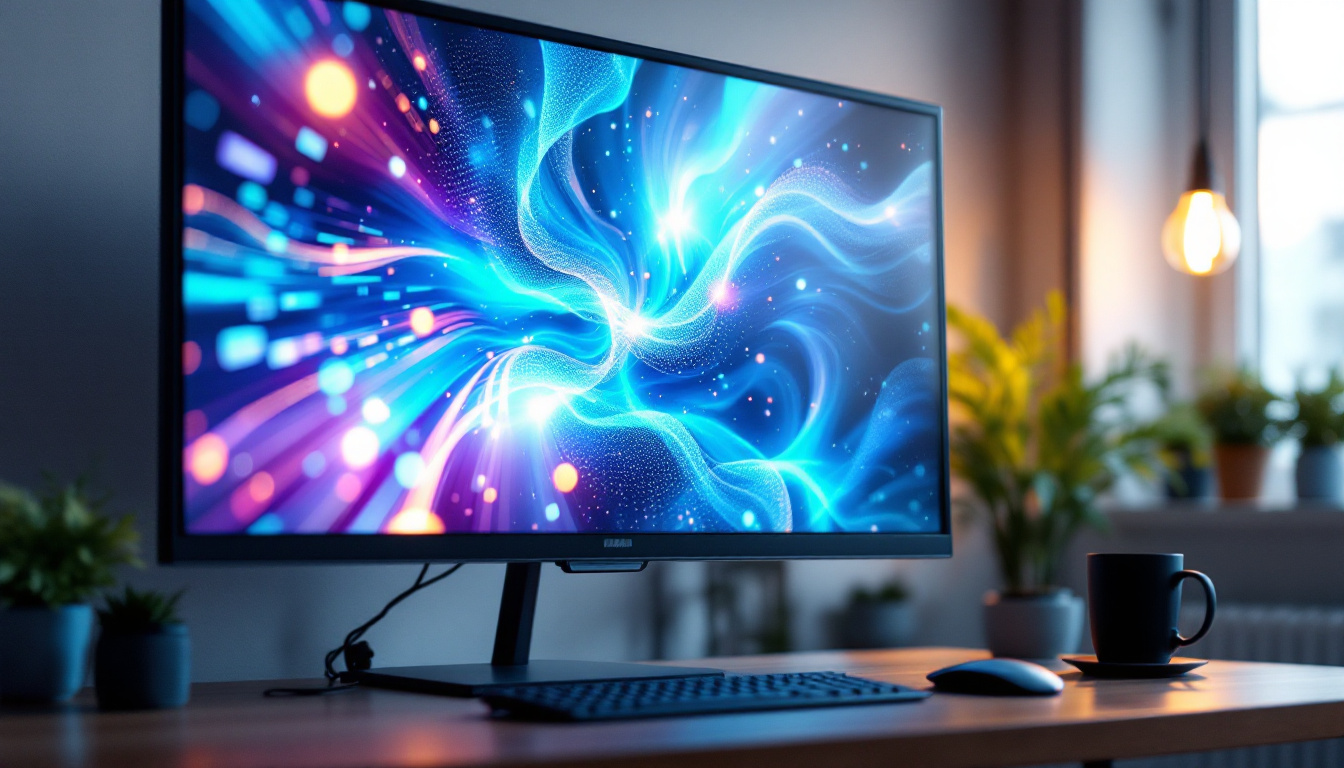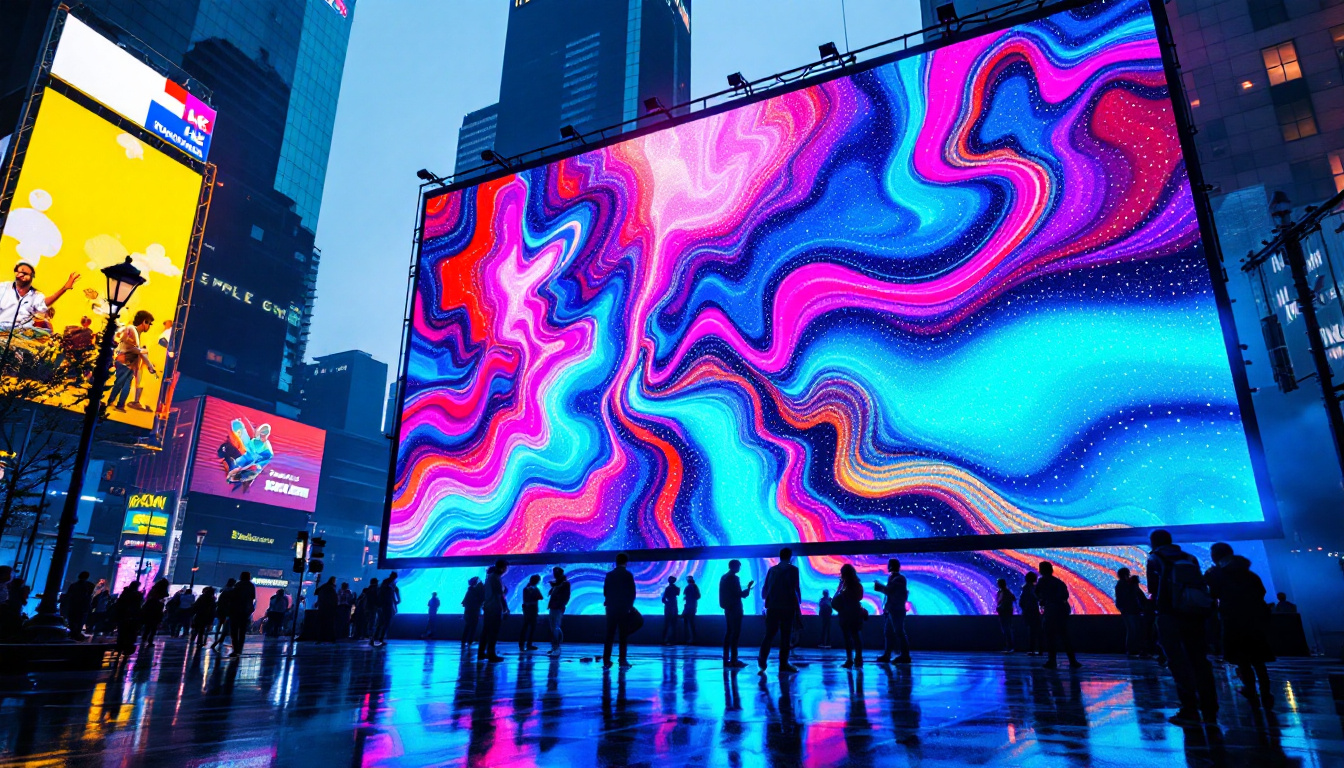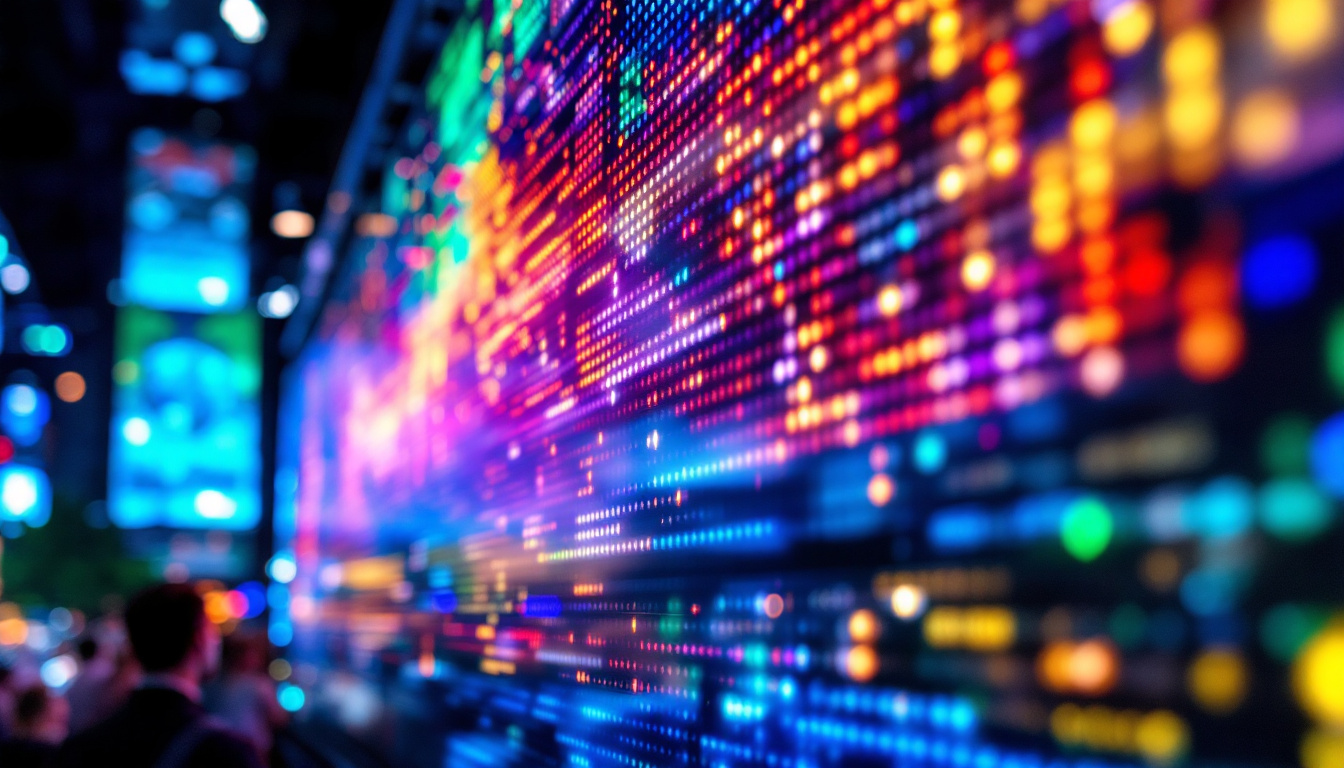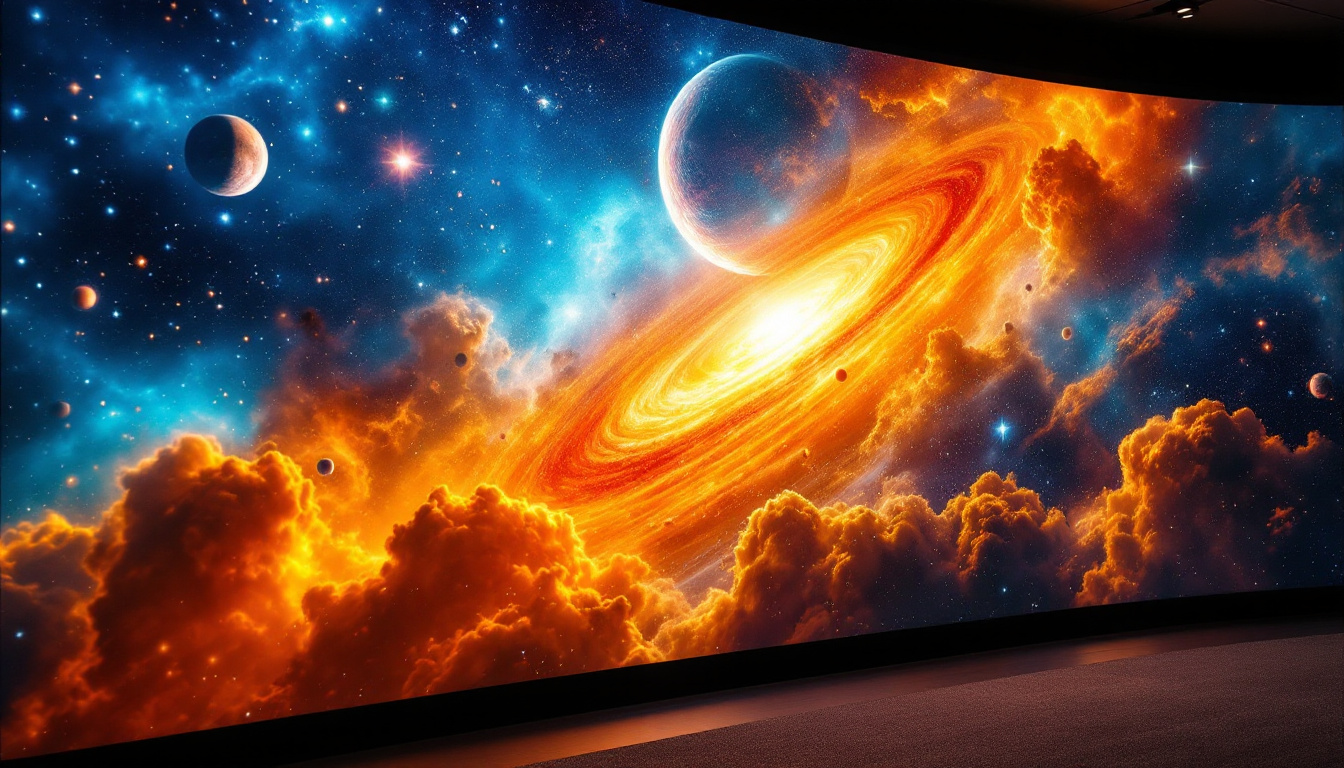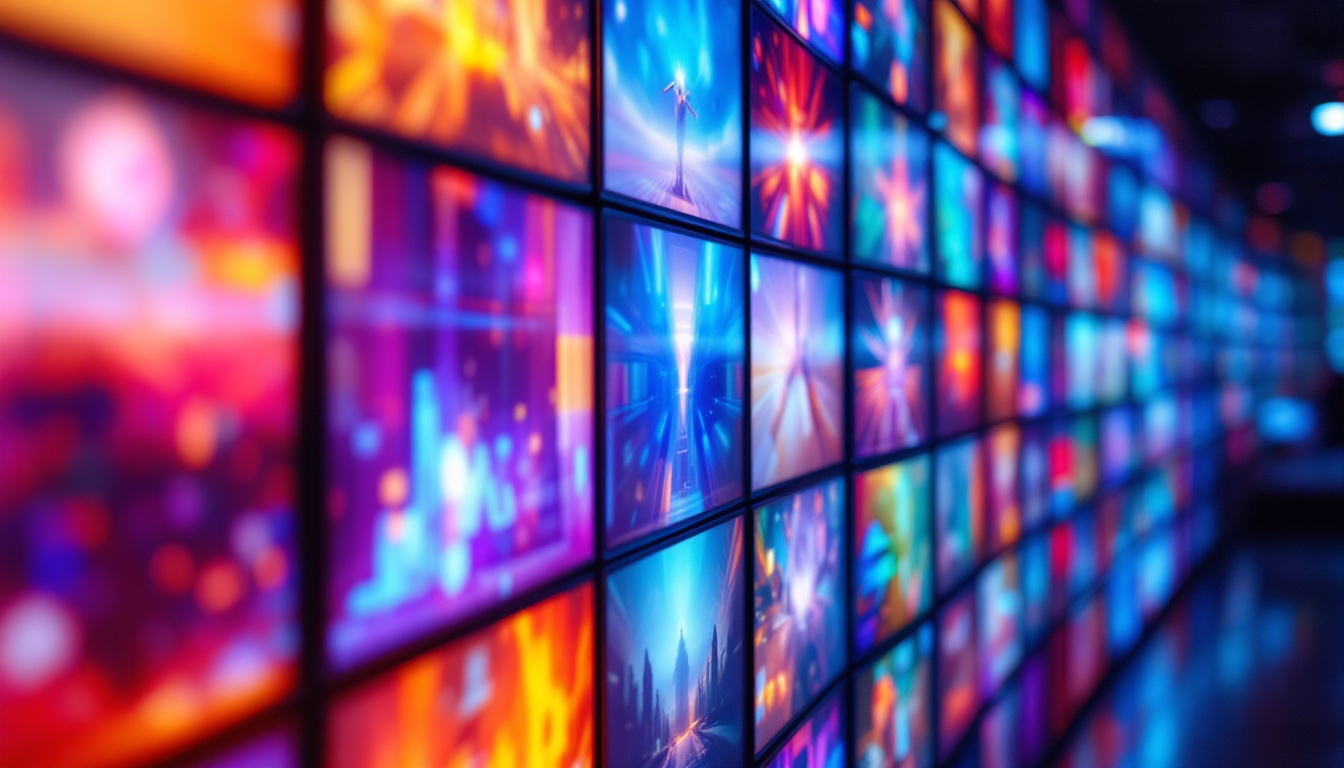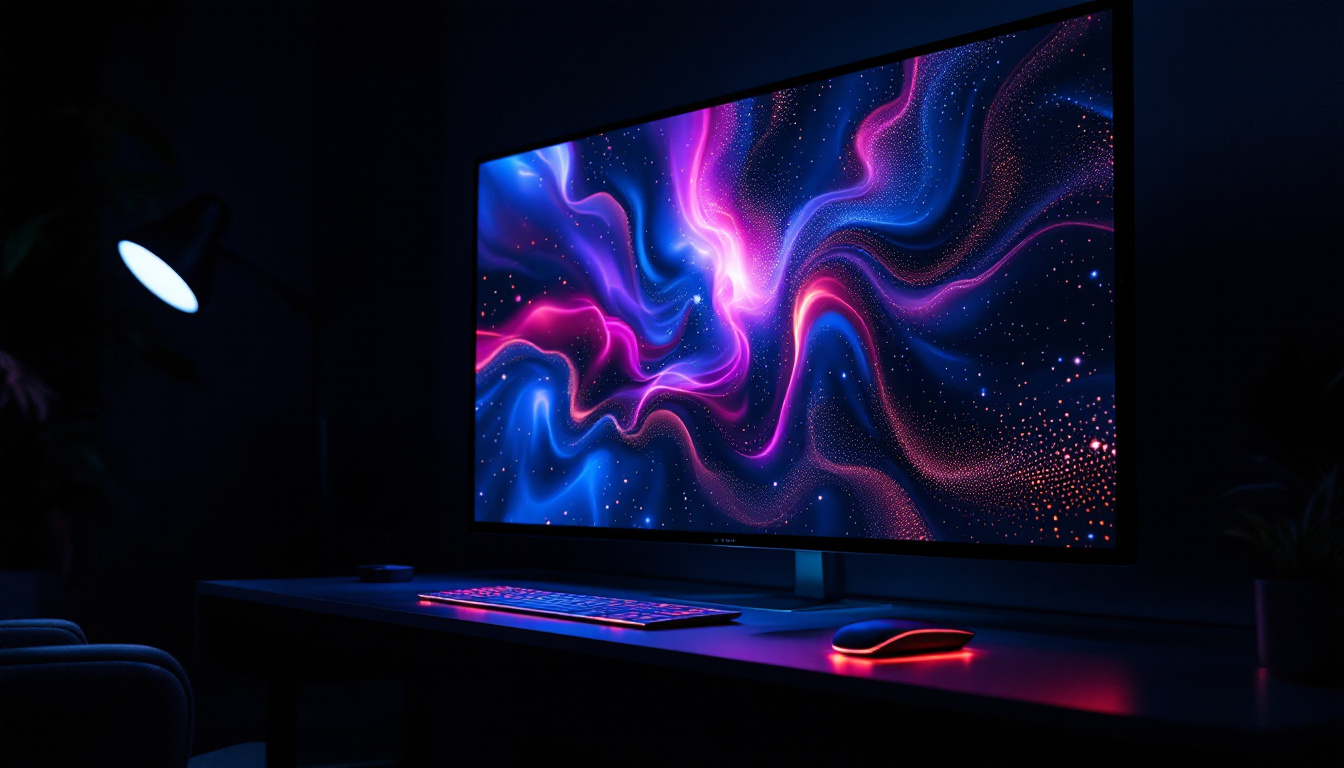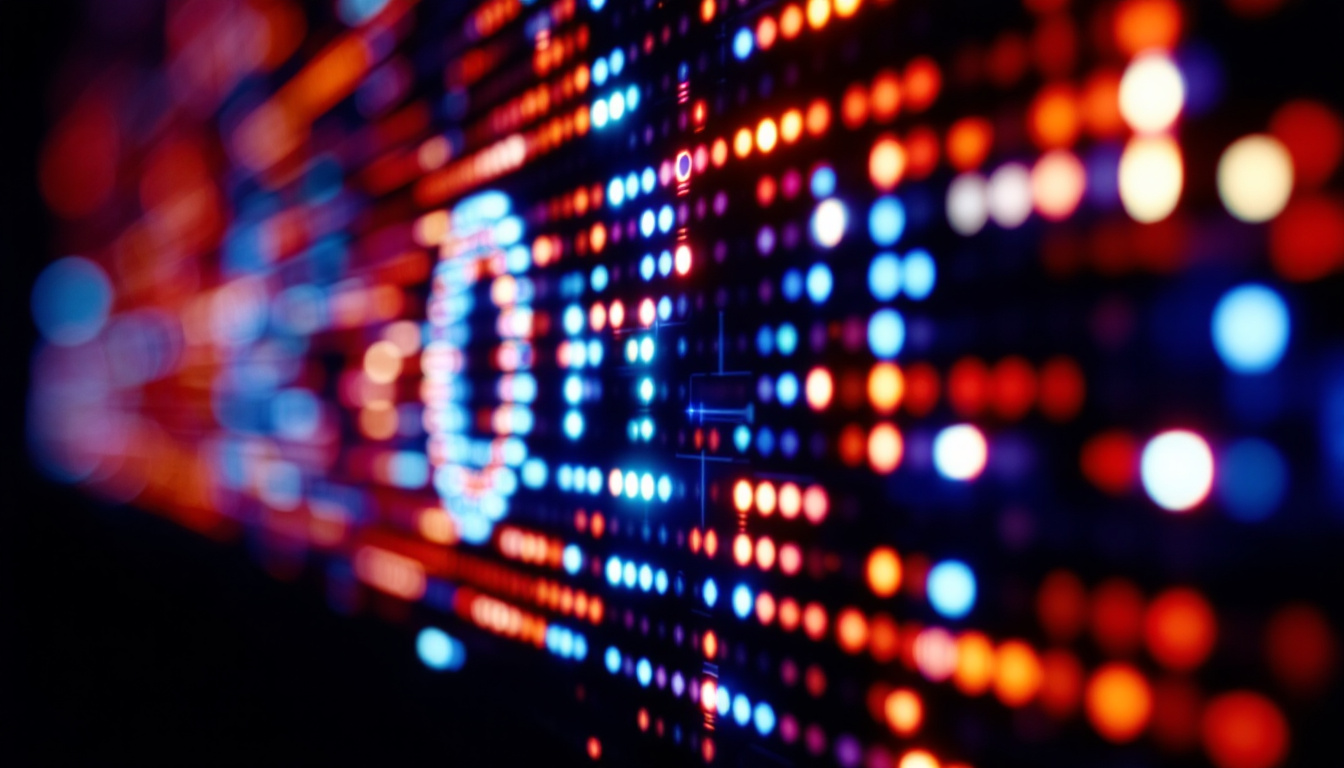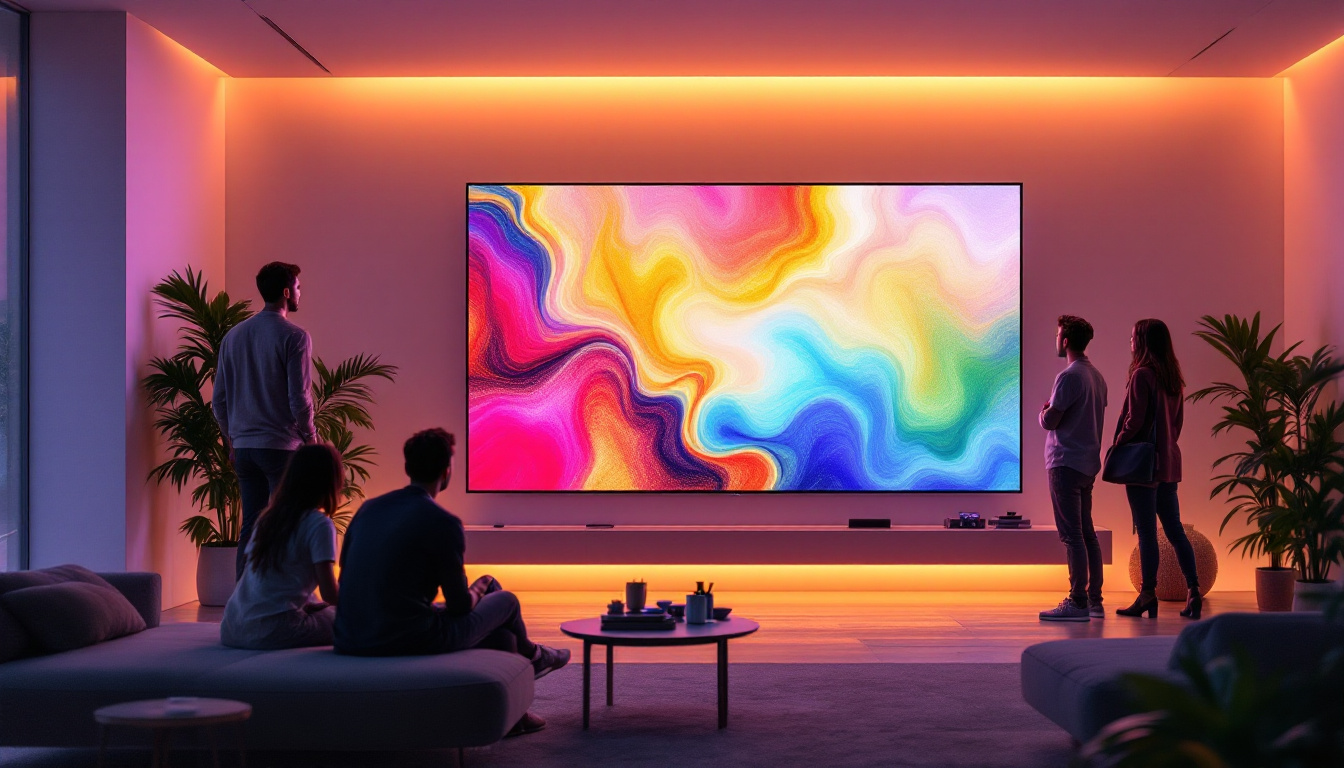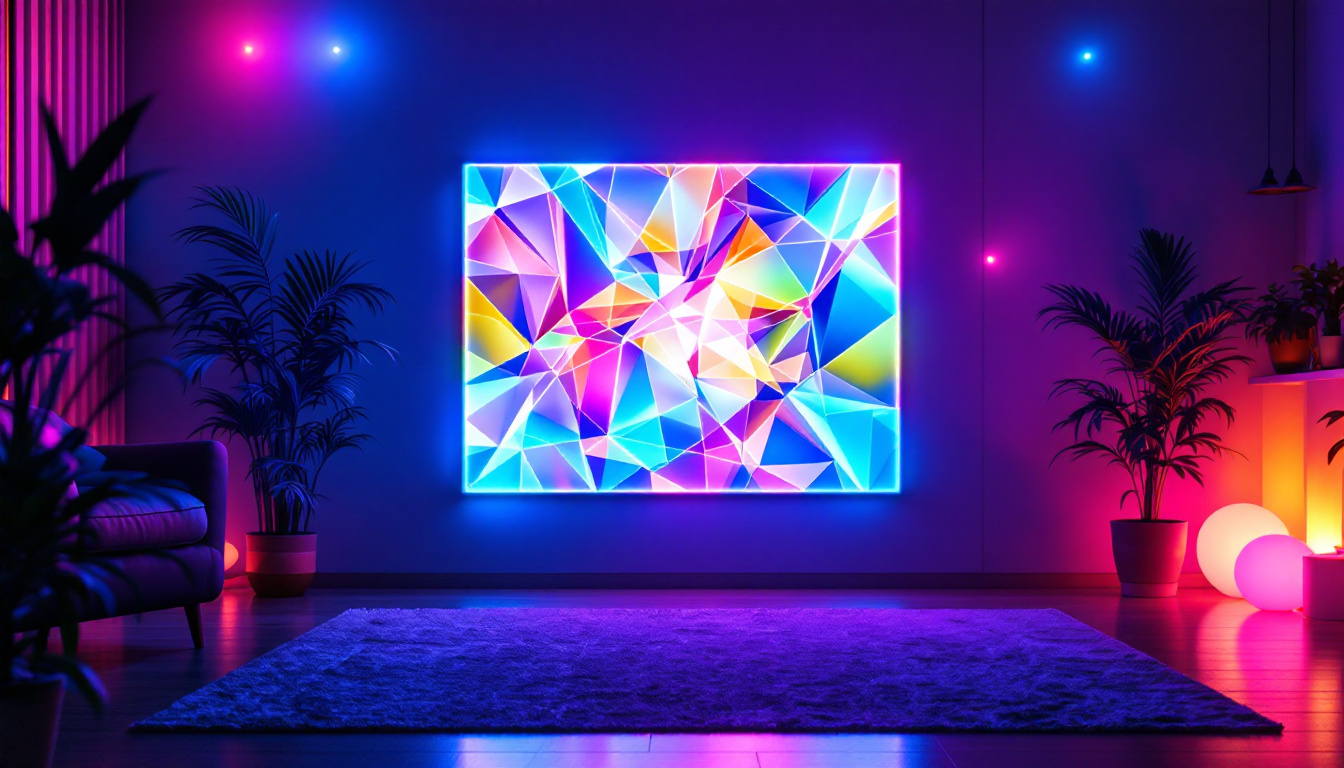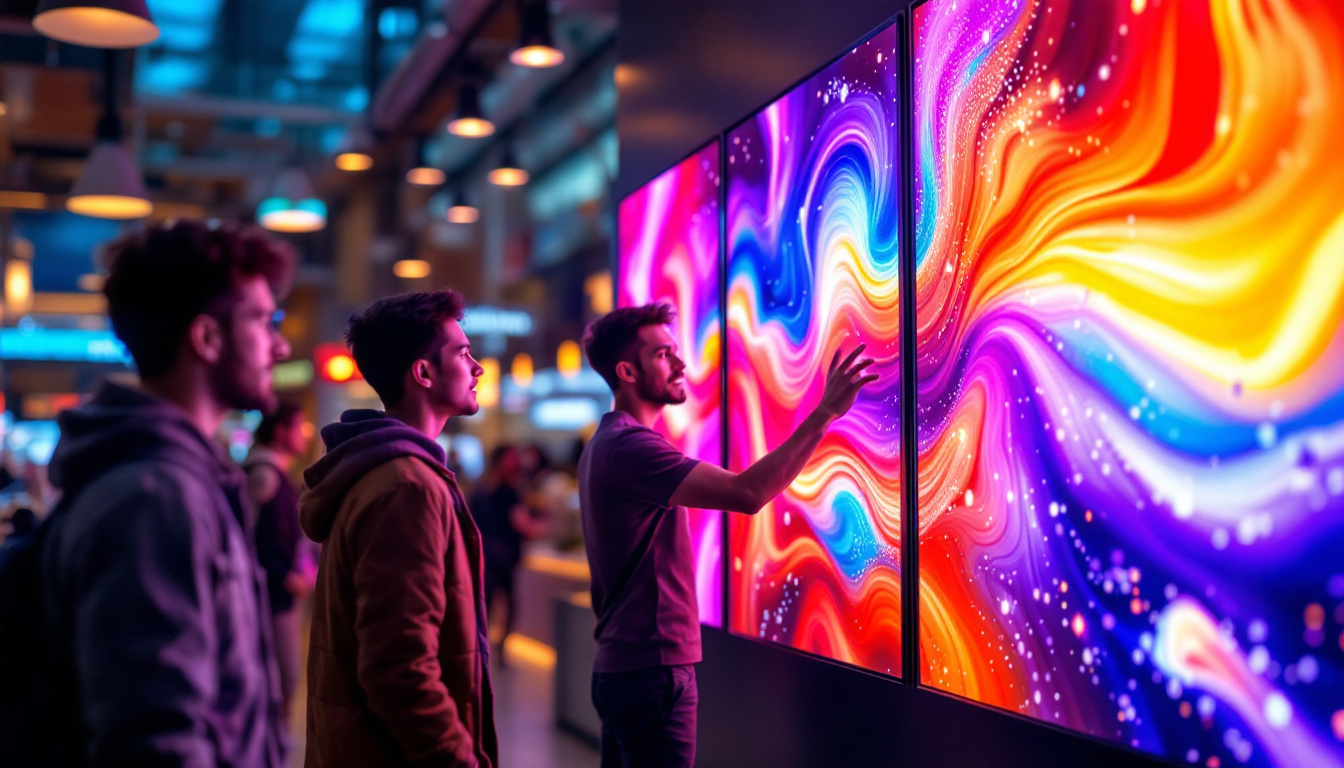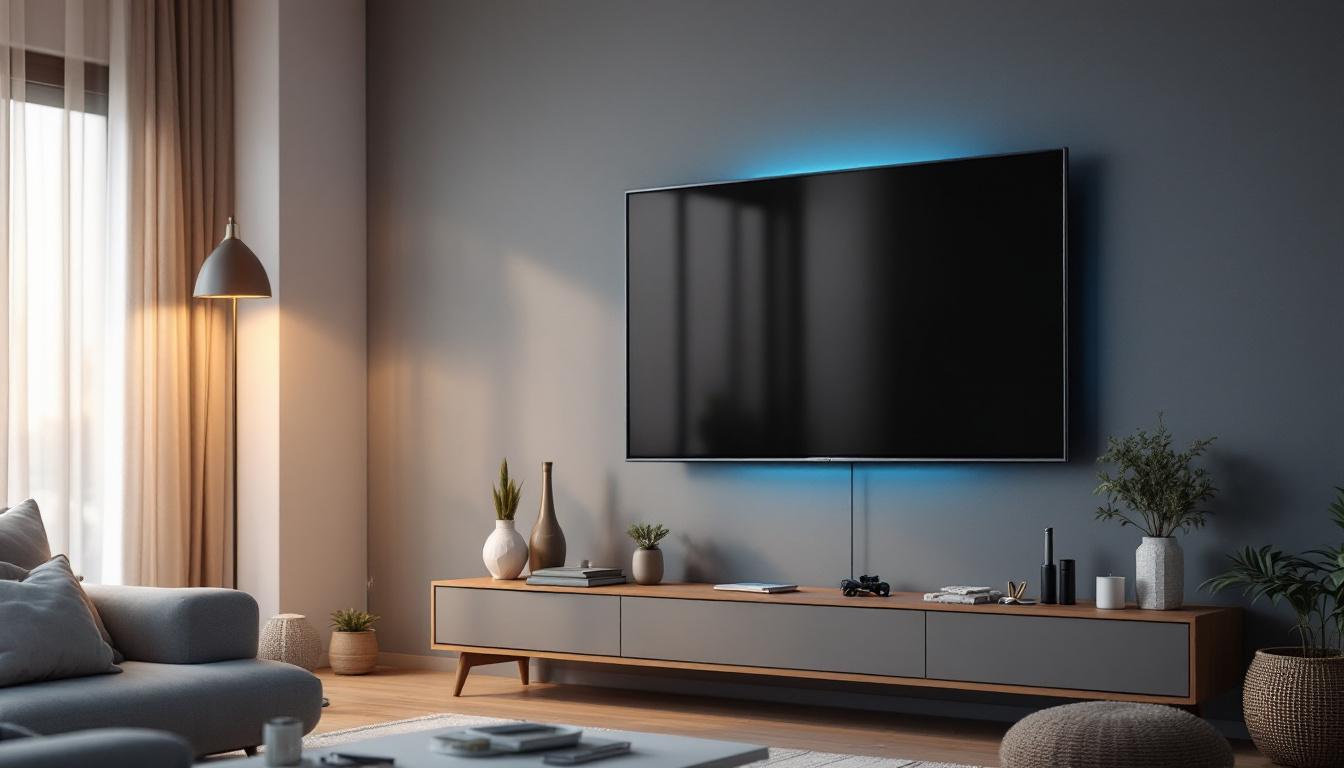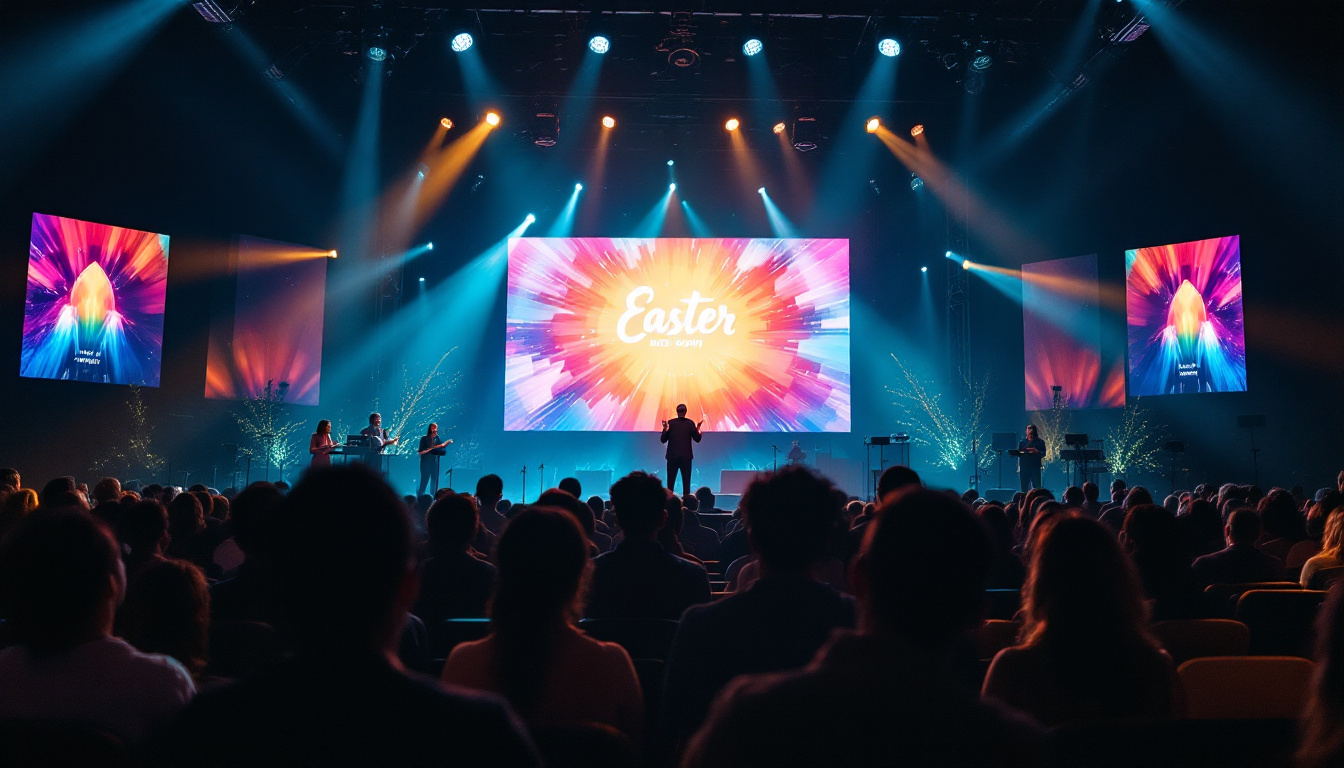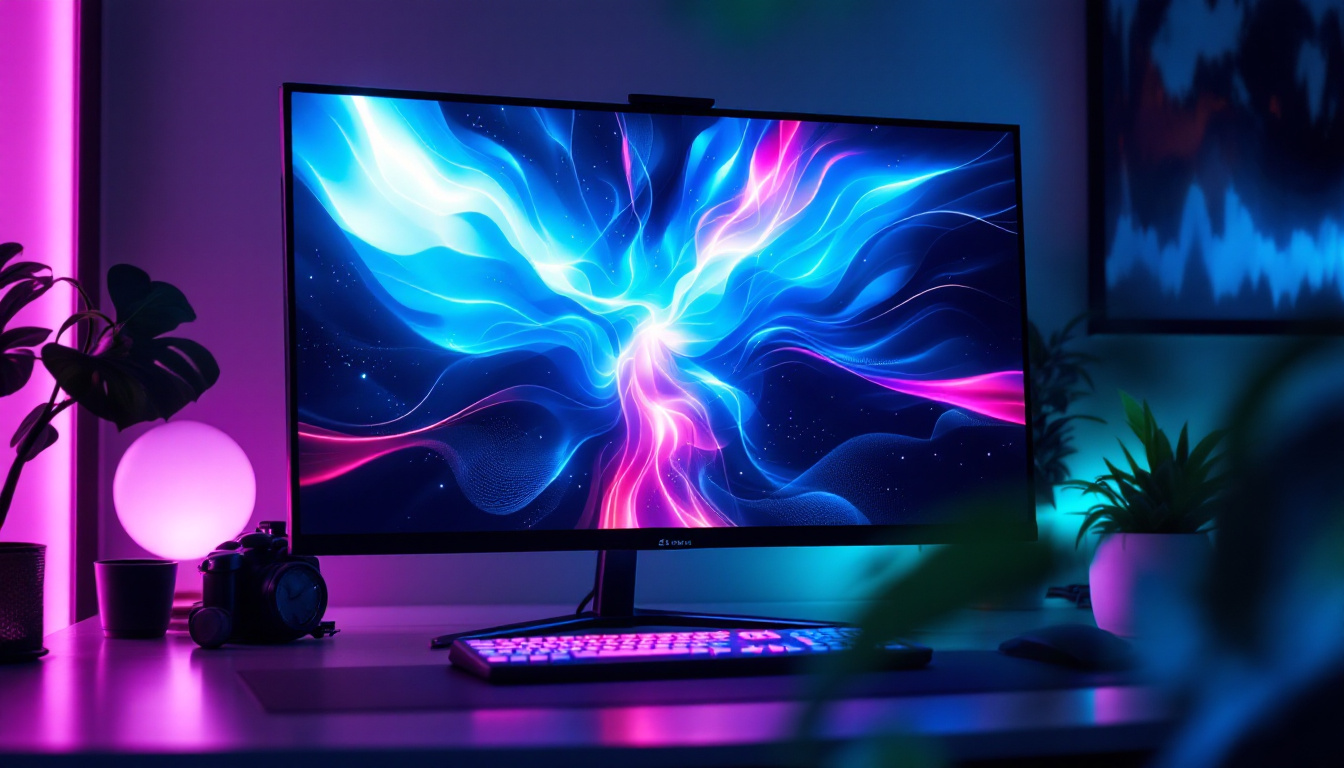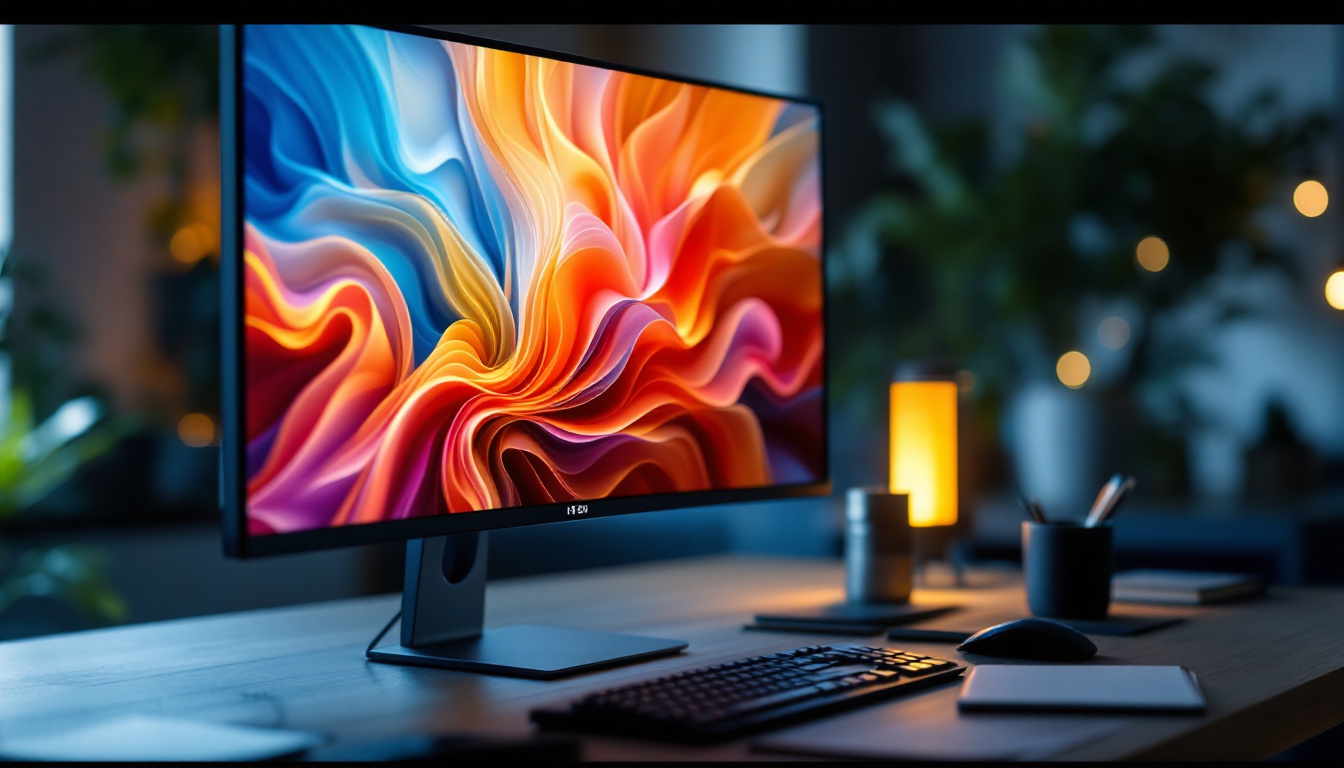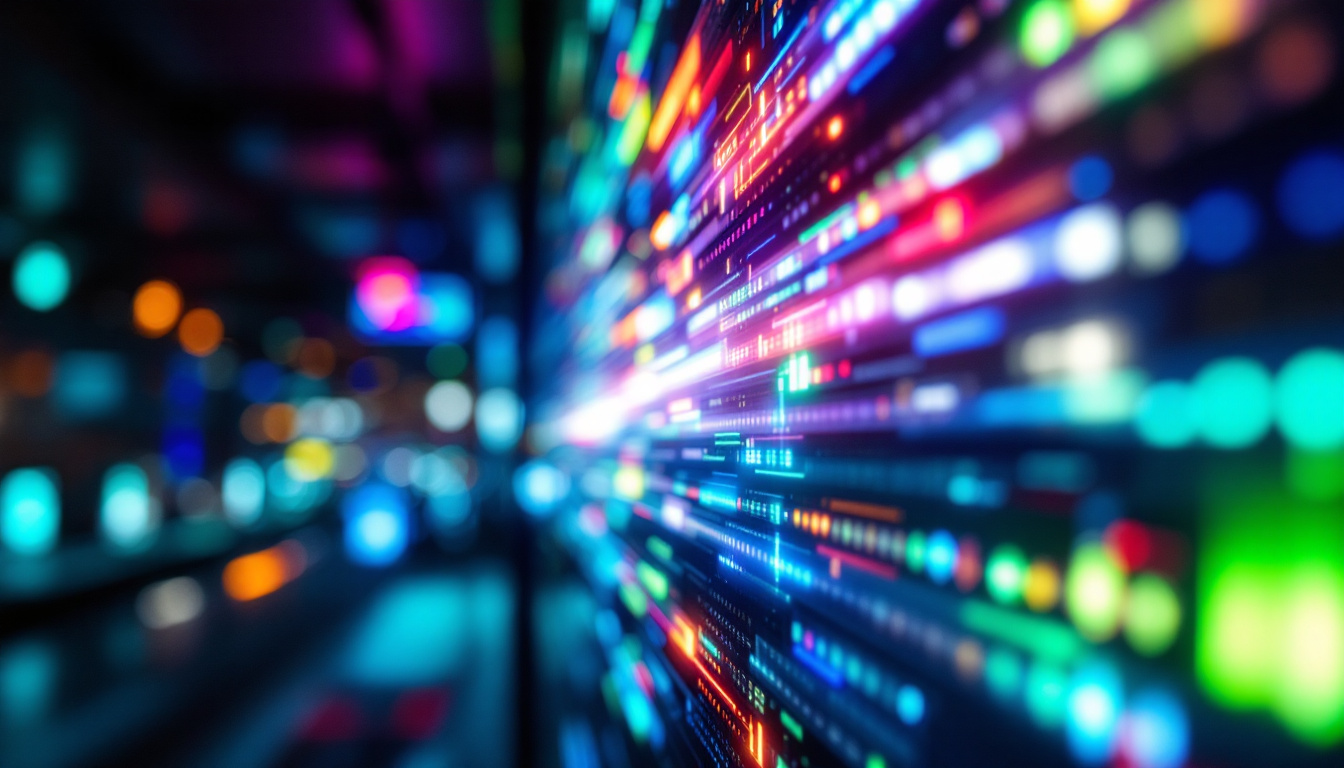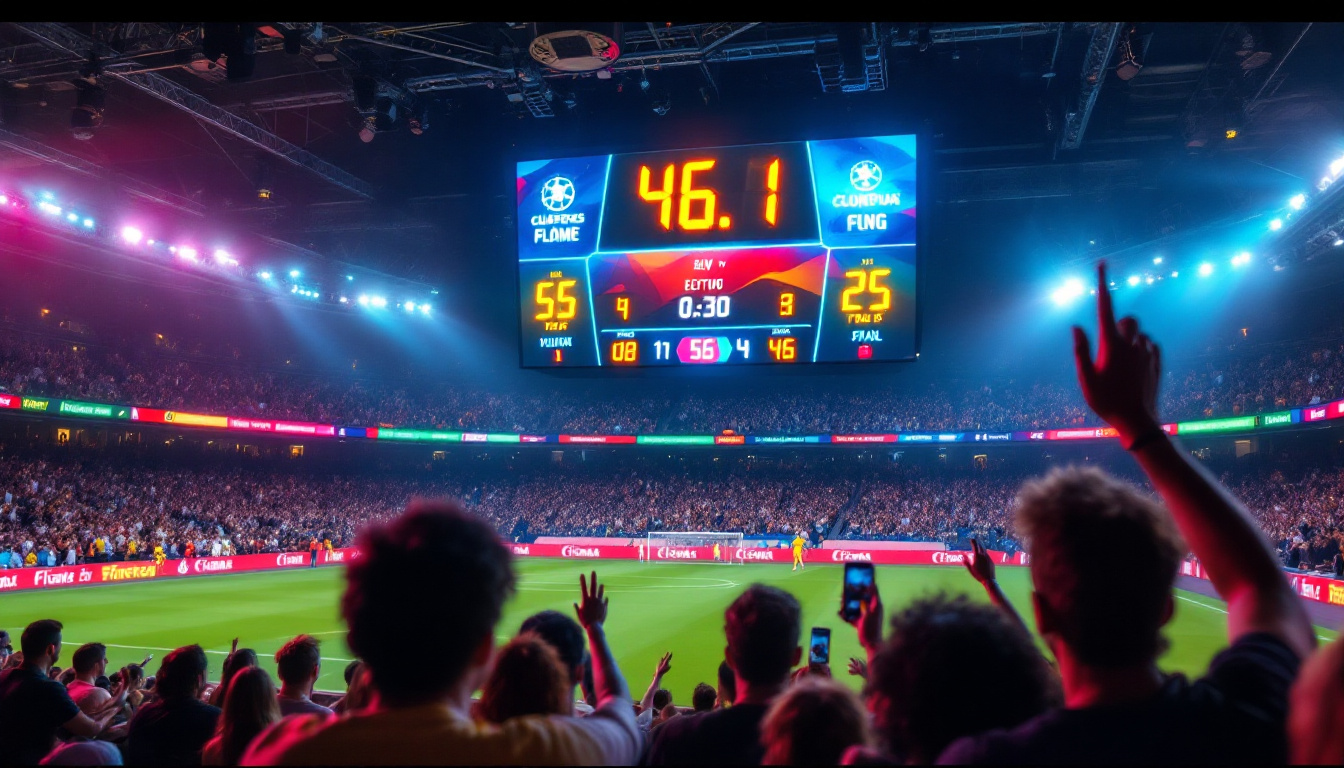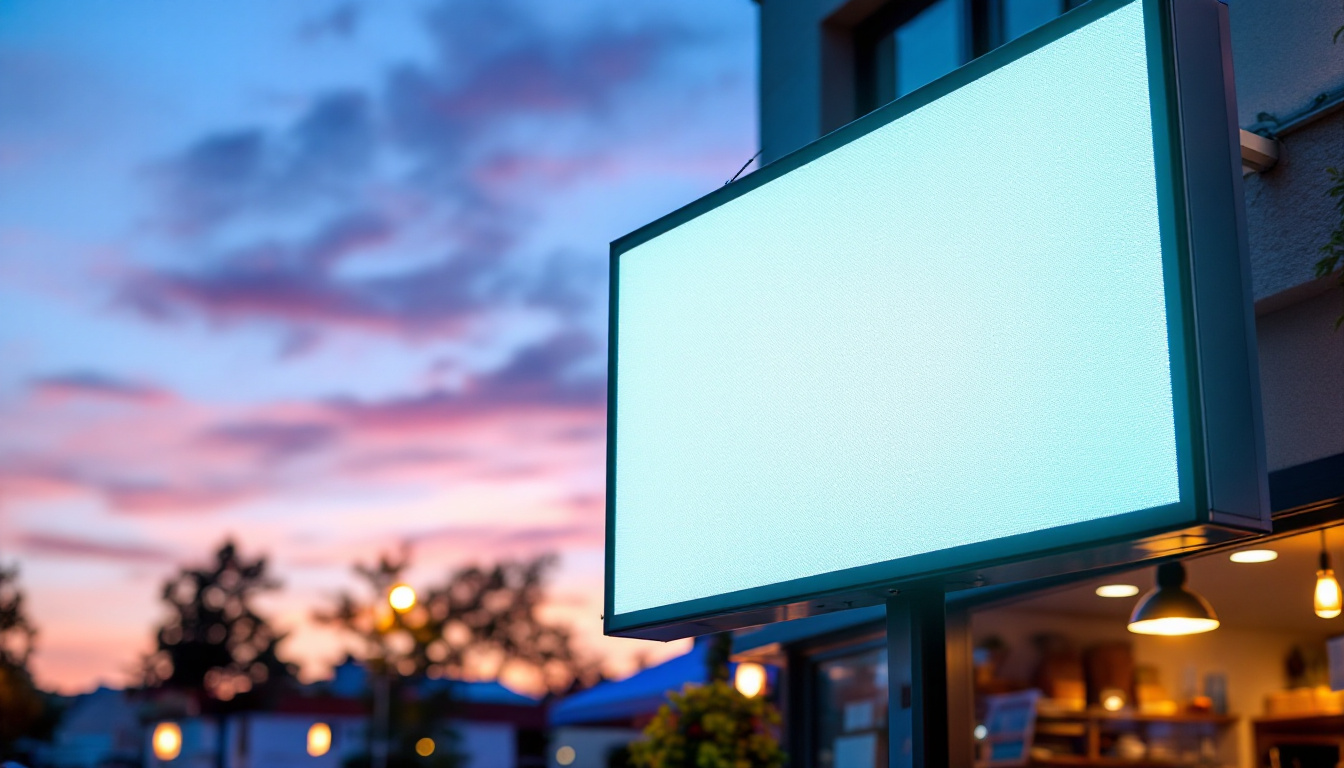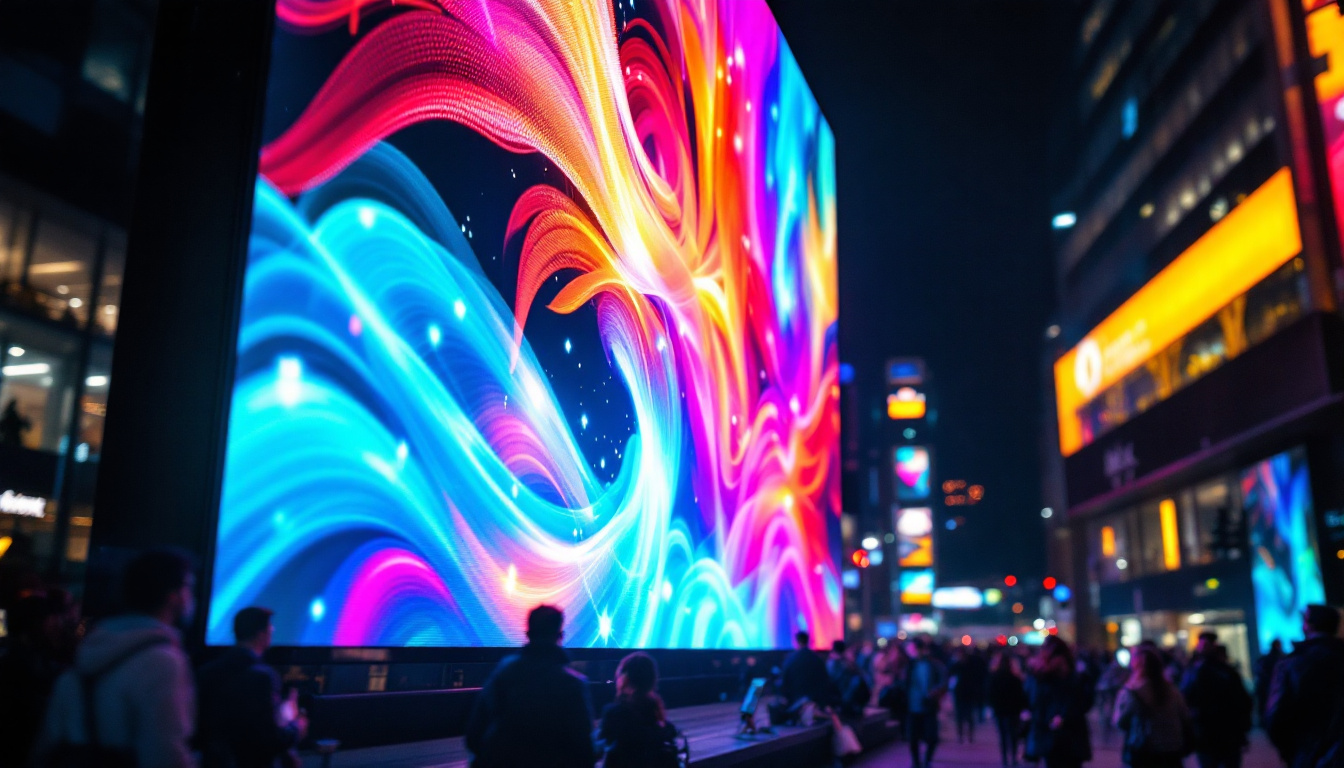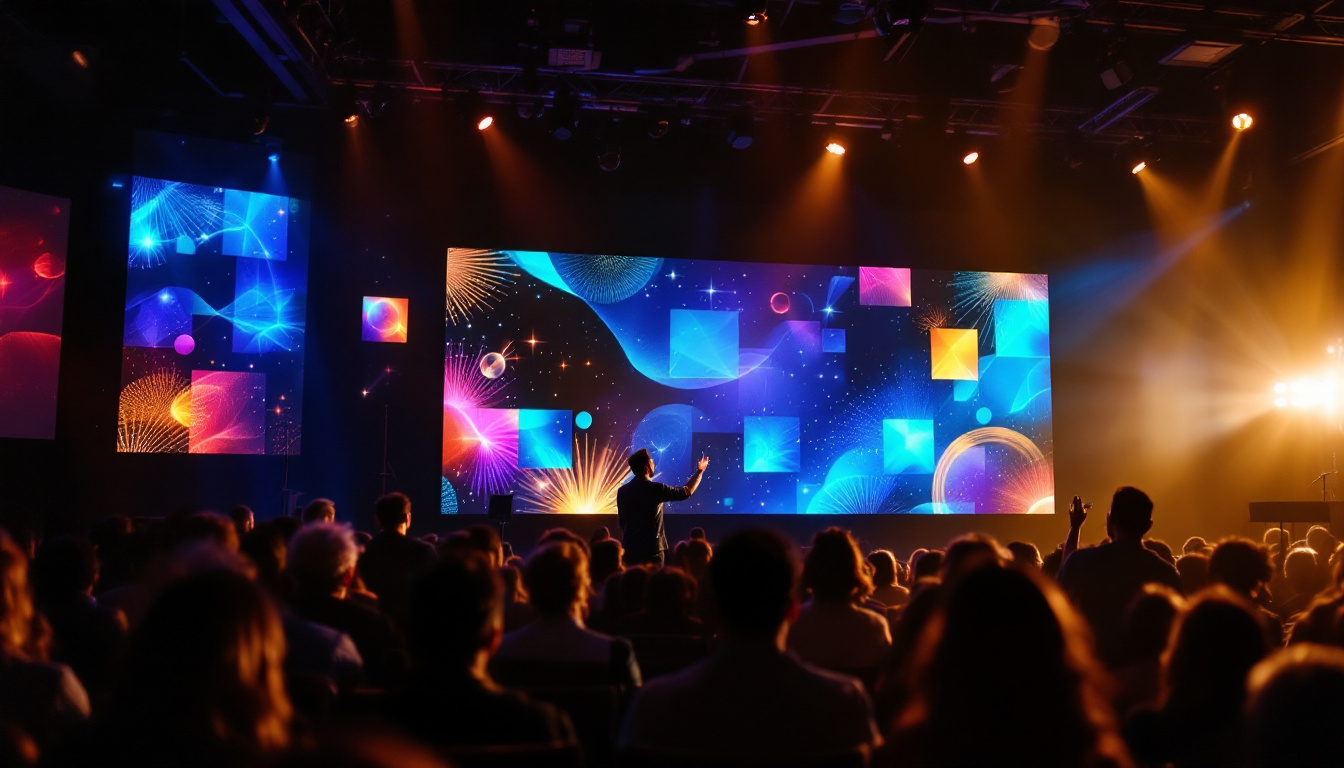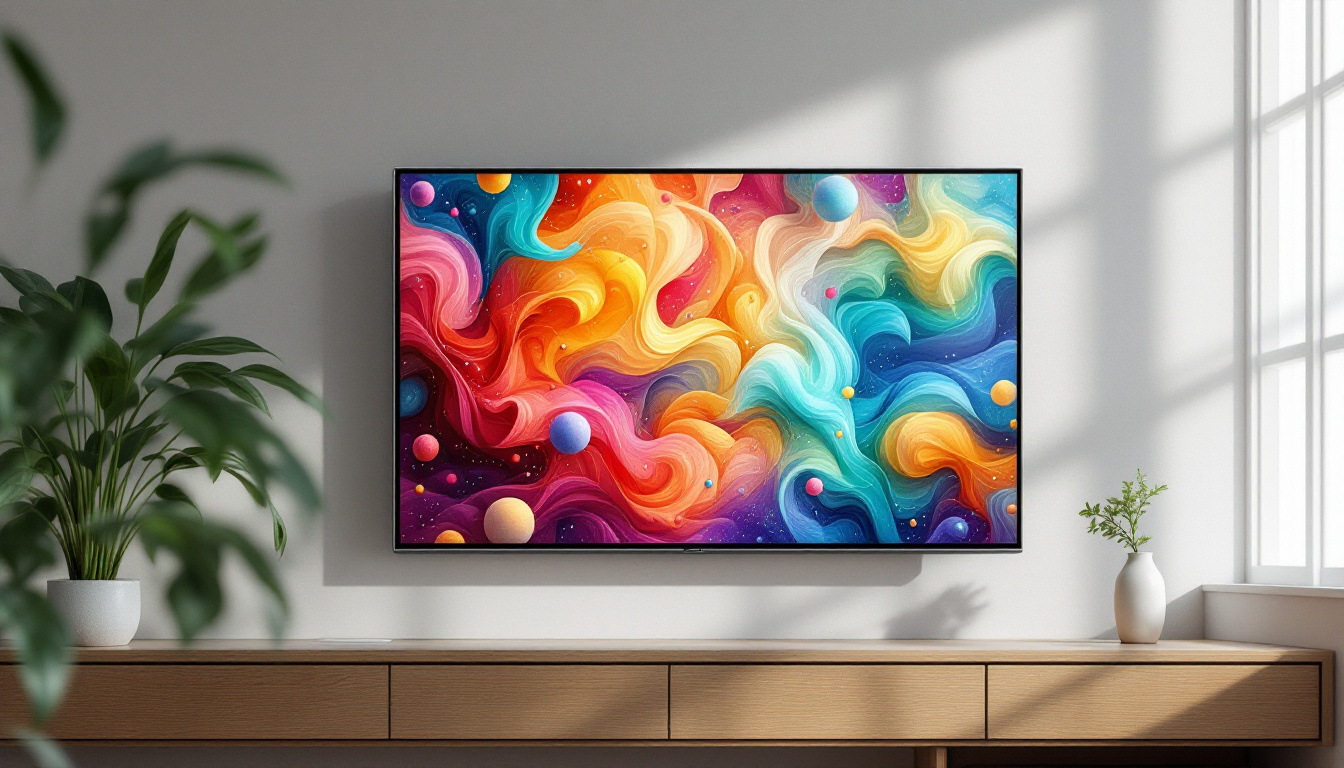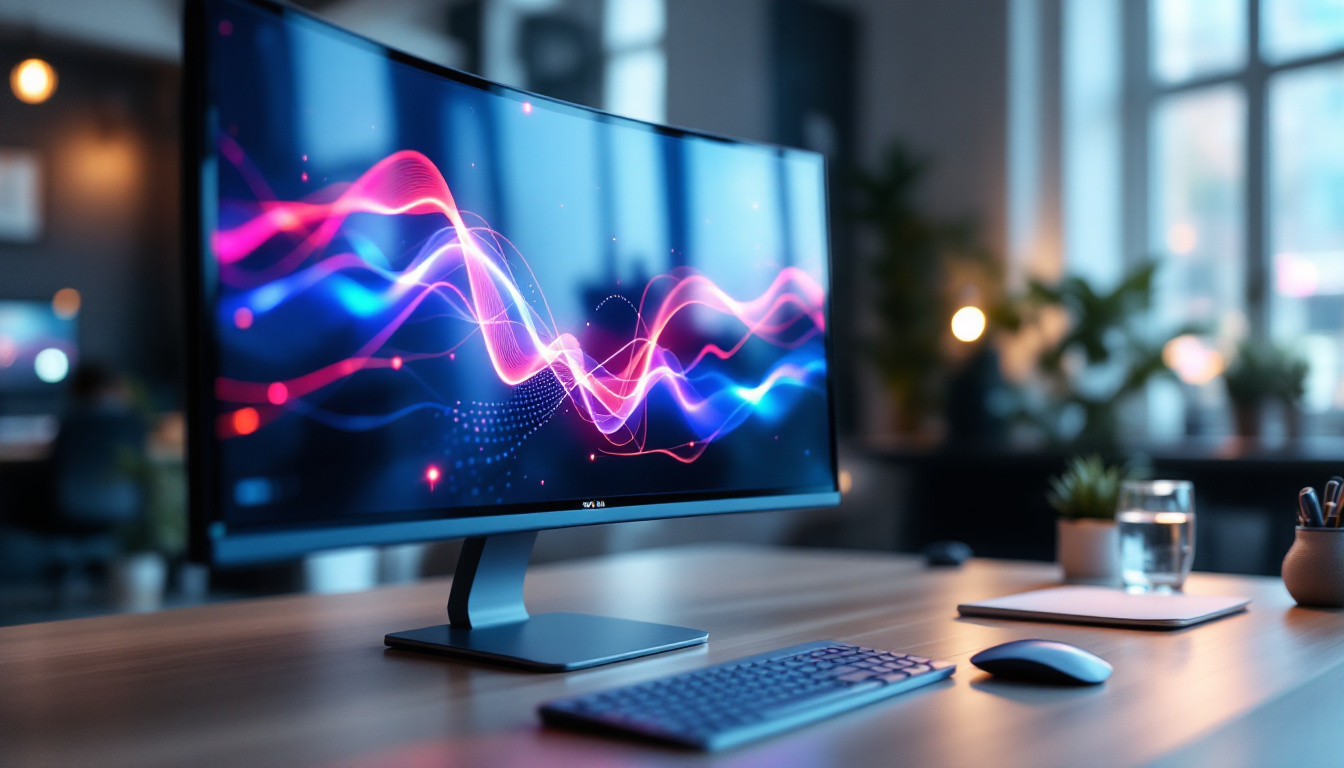In today’s digital age, LED displays have become integral to various applications, from advertising to entertainment and even information dissemination. Among the numerous formats available, the 110 format stands out due to its unique characteristics and widespread usage. This article delves into the details of the 110 format LED display, exploring its structure, applications, advantages, and future trends.
Understanding the 110 Format
The 110 format refers to a specific configuration of LED displays that utilize a matrix arrangement of light-emitting diodes. This format is particularly known for its efficiency and versatility, making it suitable for a variety of environments.
What is an LED Display?
LED, or Light Emitting Diode, displays are electronic devices that use LEDs to produce images, videos, and text. Unlike traditional displays, LED technology offers superior brightness, energy efficiency, and longevity. The 110 format specifically utilizes a matrix of 110 pixels in width, which allows for high-resolution output.
LED displays can be categorized into different types based on their application, including indoor, outdoor, and transparent displays. The 110 format is predominantly used in indoor settings due to its optimal pixel density and clarity. This makes it ideal for environments such as shopping malls, airports, and conference centers, where clear communication is essential to guide and inform large crowds.
Key Features of the 110 Format
The 110 format boasts several features that contribute to its popularity. Firstly, it provides a high pixel density, which results in clearer and more detailed images. This is particularly beneficial in environments where visibility is crucial, such as retail spaces and event venues.
Additionally, the 110 format supports a wide range of colors and brightness levels, allowing for vibrant displays that can captivate audiences. Its modular design also facilitates easy installation and maintenance, making it a preferred choice for many businesses. The ability to customize the layout and size of the display means that companies can tailor their advertising and information dissemination strategies to fit their specific needs, enhancing the overall customer experience.
Moreover, the 110 format’s energy efficiency is a significant advantage, as it consumes less power compared to traditional lighting solutions. This not only reduces operational costs but also aligns with the growing emphasis on sustainability in technology. Many businesses are now opting for LED displays as part of their eco-friendly initiatives, knowing that they can achieve stunning visual results while minimizing their carbon footprint. Furthermore, the durability of LED technology ensures that these displays can withstand the rigors of daily use, making them a long-term investment for any organization.
Applications of 110 Format LED Displays
The versatility of the 110 format LED display allows it to be utilized across various industries. Its applications are as diverse as the environments in which it is installed.
Advertising and Marketing
One of the most prominent uses of the 110 format is in advertising. Businesses leverage these displays to showcase promotions, new products, and brand messages. The ability to change content quickly and easily makes LED displays an effective tool for attracting customer attention.
In high-traffic areas, such as shopping malls and city centers, the bright and colorful nature of 110 format displays can significantly enhance visibility, leading to increased foot traffic and sales. Additionally, the integration of interactive elements, such as touch screens or QR codes, can further engage customers, allowing them to interact with the content and access additional information or special offers directly from their smartphones.
Events and Entertainment
In the realm of events and entertainment, the 110 format is commonly used in concert venues, theaters, and sports arenas. These displays can provide dynamic visuals that enhance the overall experience for attendees. From live video feeds to animated graphics, the possibilities are virtually limitless.
Moreover, during live events, the ability to synchronize multiple displays allows for a cohesive visual experience, further engaging the audience and creating memorable moments. This synchronization can also be tailored to match the rhythm of the music or the theme of the event, amplifying the emotional impact on the audience and making the event more immersive. Furthermore, event organizers often use these displays for real-time social media feeds, allowing fans to see their posts featured live, which can enhance audience participation and excitement.
Information Dissemination
Another crucial application of the 110 format LED display is in information dissemination. These displays are often used in transportation hubs, such as airports and train stations, to provide real-time updates on schedules, delays, and other essential information.
Furthermore, educational institutions utilize these displays for announcements, schedules, and event promotions, ensuring that students and staff are always informed. In addition to traditional announcements, these displays can also be programmed to showcase educational content, such as highlights from recent lectures or important dates in the academic calendar, thereby fostering a more informed and engaged campus community. The ability to customize the content based on the time of day or specific events can also enhance the relevance of the information being shared, ensuring that it meets the needs of the audience effectively.
Advantages of Using 110 Format LED Displays
Choosing the 110 format LED display comes with a host of advantages that can significantly benefit businesses and organizations.
Energy Efficiency
One of the standout benefits of LED technology is its energy efficiency. Compared to traditional display technologies, LED displays consume significantly less power, leading to lower electricity bills and a reduced carbon footprint. This is particularly advantageous for businesses that operate displays for extended periods. In fact, many organizations have reported energy savings of up to 80% after switching to LED displays, which can translate into substantial cost reductions over time.
Longevity and Durability
LED displays are known for their longevity, often lasting over 100,000 hours of operation. This durability translates to lower maintenance costs and fewer replacements, making it a cost-effective investment in the long run. Additionally, the 110 format displays are built to withstand various environmental conditions, making them suitable for both indoor and outdoor applications. Their robust construction helps them resist impacts, vibrations, and even extreme temperatures, ensuring that they remain operational in diverse settings, from bustling city streets to serene outdoor venues.
High-Quality Visuals
The high pixel density and vibrant color reproduction of the 110 format ensure that visuals are sharp and engaging. This quality is essential in competitive environments where capturing attention is paramount. Whether used for advertising, entertainment, or information, the clarity and brightness of the display can significantly enhance the viewer’s experience. Furthermore, the advanced technology behind these displays allows for superior contrast ratios and viewing angles, ensuring that the content remains visible and impactful from various distances and perspectives.
Moreover, the versatility of the 110 format LED displays enables businesses to showcase dynamic content, such as videos, animations, and real-time data feeds. This capability not only keeps the audience engaged but also allows for timely updates and promotions, making it an invaluable tool for marketing strategies. With the ability to customize content easily, organizations can adapt their messaging to suit different occasions or target audiences, maximizing the effectiveness of their communications.
Challenges and Considerations
While the 110 format LED display offers numerous benefits, there are also challenges and considerations that potential users should be aware of.
Initial Investment Costs
The initial costs associated with purchasing and installing LED displays can be substantial. Although the long-term savings on energy and maintenance can offset these costs, businesses must be prepared for a significant upfront investment.
Content Management
To maximize the effectiveness of LED displays, businesses must invest in content management systems that allow for easy updates and scheduling of content. This can require additional training and resources, particularly for organizations that are not familiar with digital signage.
Environmental Impact
While LED technology is generally more environmentally friendly than traditional options, the production and disposal of electronic components can still pose environmental challenges. It is essential for businesses to consider sustainable practices when acquiring and disposing of LED displays.
Future Trends in LED Display Technology
The landscape of LED display technology is continually evolving, with new innovations on the horizon that promise to enhance the 110 format and its applications.
Advancements in Technology
As technology progresses, the capabilities of LED displays are expanding. Innovations such as flexible LED panels and transparent displays are gaining traction, allowing for even more creative applications in architecture and design.
Furthermore, advancements in resolution and color accuracy are expected to improve the overall quality of LED displays, making them even more appealing for various applications.
Integration with Smart Technologies
The integration of LED displays with smart technologies, such as IoT (Internet of Things) devices, is another trend to watch. This integration can enable real-time data updates, personalized content, and enhanced user interaction, creating a more dynamic viewing experience.
Sustainability Initiatives
As sustainability becomes a priority for many organizations, the LED display industry is also focusing on eco-friendly practices. Manufacturers are exploring ways to reduce waste during production and improve the recyclability of components, ensuring that the technology aligns with global sustainability goals.
Conclusion
The 110 format LED display represents a significant advancement in display technology, offering unparalleled clarity, versatility, and efficiency. Its applications span various industries, from advertising to information dissemination, making it a valuable asset for businesses and organizations.
While there are challenges to consider, the advantages of using 110 format displays often outweigh the drawbacks. As technology continues to evolve, the future of LED displays looks promising, with innovations that will further enhance their capabilities and sustainability.
In a world where visual communication is paramount, understanding and leveraging the 110 format LED display can provide a competitive edge, ensuring that messages are not only seen but also remembered.
Explore Cutting-Edge LED Displays with LumenMatrix
Ready to elevate your visual communication with the latest in LED technology? Discover LumenMatrix’s comprehensive range of LED display solutions, from vibrant Indoor and Outdoor LED Wall Displays to innovative Vehicle and Sports LED Displays. Whether you’re looking to create an immersive Floor LED Display, a Custom LED solution, or an All-in-One LED Display, LumenMatrix has the state-of-the-art modules to bring your vision to life. Experience the future of digital signage and captivate your audience like never before. Check out LumenMatrix LED Display Solutions today and see your message shine with unparalleled clarity and impact.

